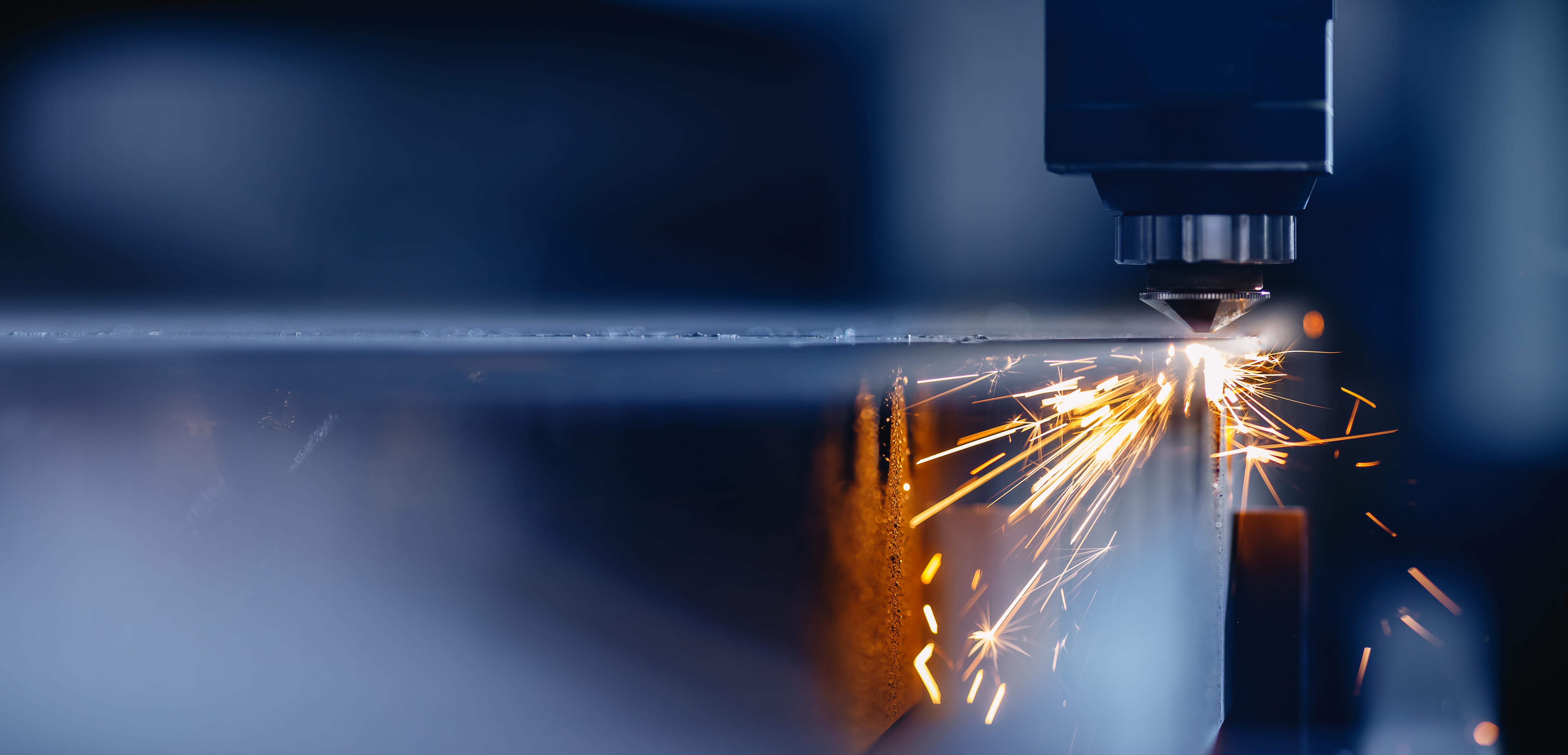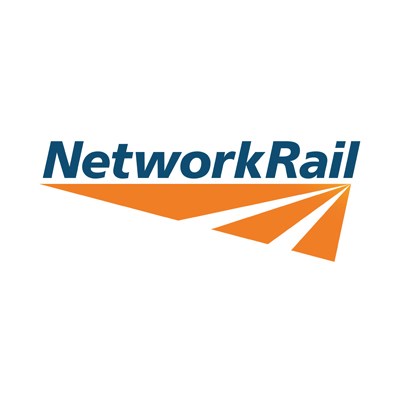
Protect Profitability: Predictive Maintenance in Manufacturing
It will come as no surprise to most people that operational equipment and machinery used within manufacturing processes isn’t always new and flashy.
The integration of smartphones, AI and cloud systems have streamlined and simplified many aspects of business operations.
There have also been improvements in technology related to planning, data storage and managing overall strategies, enabling companies to become more proactive, functional and efficient with time.
Yet, there are limits – specifically when it comes to actual operational equipment itself. These devices usually are not modern or shiny, and a decent proportion of them were first used as far back as the 1950s. Unsurprisingly, they’re not cheap to fix or easy to replace. Given that many pieces of manufacturing equipment are leased, finding the most economical ways to keep them running in the short-term is vital to sustaining profitability in the long-term.
The challenges currently facing the manufacturing industry
When working towards targets related to operational efficiency and sustainability, organisations within the manufacturing sector are likely to face several challenges.
The rise of labour costs, supply chain disruptions, increased competition within the global economy, and regulatory change have all made a significant impact on manufacturing businesses' ability to remain profitable. They are additionally under pressure to modernise operational processes to remain competitive and keep up to pace with the latest technology, processes and market trends.
Most manufacturers have global supply chains, so when logistical and distributional delays occur within these global chains, so do a range of issues; leading to further delays in delivery and poor quality control. Without a doubt, this is affecting overall customer satisfaction, which in turn affects revenue and profitability.
The sector has also been undertaking extra responsibilities. A huge priority right now is to deliver on environmental targets like net zero targets in the UK. The need to reduce emissions is largely incentivised by the benefits of reduced operational costs, which combat the huge pressures caused by inflated energy costs.
The complications that are associated with consistent higher prices stress a great importance for manufacturers to seek innovative solutions to address measures related to cutting costs. The most likely solution to achieve this is to focus across their operations as other factors such as material imports are difficult to mitigate against.
As a result, cost is undoubtedly the largest factor that affects the ability to tackle these pressures. Not taking a proactive approach to reducing costs is only limiting the ability to sustain profitability and economic growth - or achieve environmental sustainability.
So, how do manufacturers address this?
One easy solution is to increase machine efficiency – by reducing the costs associated with maintaining equipment, for example. Maintenance, services and repairs are all costly jobs, and emergency maintenance measures will only add to these costs. Predicting when these jobs will be required has become a relatively simple task, thanks to the solutions provided by monitoring systems, which can assess the overall condition of operational equipment and provides precise data that will indicate when conditions are not meeting the required standards.
Assessing conditions of your equipment
As we all know, faults and breakages occur regardless of best practice, that’s just technology. This being said, companies can be more proactive in processes that will minimise the scale of cost when repairs are unavoidable, and reduce the effect on productivity.
Both factors can be minimised by ensuring maintenance is predicted and scheduled in advance, so it can be done out of hours. This is essential to prevent full-scale breakdowns, which will increase the scale of the problem.
Whether it’s the production of aerosols, building materials, chemicals, electrical goods, food products, metallurgy, pharmaceuticals etc. the consensus of optimal condition of machinery can be based on a few main aspects:
- - Functional operating temperature
- - Optimal CO2 output
- - Minimal vibration levels
-
Defining inefficient conditions of your equipment
Just like understanding your equipment in its best condition, it’s just as crucial to recognise what factors aren’t indicating top health. This can be if they’re whirring a little too loudly, overheating, or consuming more power than usual. They may seem like obvious signs, but these changes occur incrementally, meaning they won’t occur over days or weeks, but over a number of months.
By failing to take action over small things such as replacing parts, you risk wasteful energy consumption during operational hours; which will of course lead to higher energy costs. This can affect further components of your equipment, increasing the scale of repairs, and any parts that may need to be supplied. This can cause long delays, affecting targets and productivity.
To predict repairs and impending maintenance, the following will show the increased likeliness of unexpected faults or breakages in your equipment:
- - Excessive temperature
- - High CO2 levels
- - Slow, but overall increments in vibration levels
- - Higher consumption of energy
- - Exposure to moisture
Why predictive maintenance?
Despite the factors mentioned above being obvious in identifying forthcoming problems, tracking them is unlikely be a straightforward task. Monitoring any of these factors is a difficult and inaccurate process.
Take vibration levels, for example. Monitoring these tiny changes would only become clear over long periods of time, not to mention it being a non-delegable task for staff, due to costs and the potential for human error along the way. This process is similar along the factors mentioned. Manufacturers now have the opportunity to embrace modern, low-cost technology solutions that are incorporated within IoT systems, accurately monitoring the health of their equipment, and provide the required data to prevent pending faults, repairs and replacements.
So why use IoT to achieve predictive maintenance?
The simplicity of IoT systems means you’ll have constant sight of your equipment’s health. Using an online platform that feeds back data, threshold levels can be assigned, providing you with alerts of any abnormal conditions that could suggest pending faults that could lead to internal damage. Once an alert is triggered, the required steps can be taken to address the issue and avoid larger, costly repairs.
Further benefits are provided through IoT systems that may be unaccounted for at first glance that go beyond cost and minimal downtime. Data-led software that provides purposeful results to its users utilises the modern capabilities of cloud systems, ensuring that results are tracked, stored and are accessible in time-efficient methods.
This accessibility of data is also very useful in the case of presenting results, proving their usefulness in identifying any issues from installation. Further down the line, a couple of months or even years down the line can really provide a broader scope into your equipment’s habits, whether it’s by the hour, day, week, month, year, or even by season.
With increased pressure from to deliver on efficiency, the transition towards a better and more efficient manufacturing process in the UK can be as simple as other adaptions that other industries have been able to make over the years – energy reduction and increased sustainability is rapidly becoming an everyday part of the operating business.
By booking a specialist to assess the site to its specific needs – your equipment, machines and devices in question will be able to continually assess the efficiency and any impending damage to your equipment, on-site. Coinciding with this is the improved efficiency from a productivity perspective – as well as the viewpoint of cost-related matters, which will please directors and managers with no doubt.
So, whilst you concentrate on making other parts of your business more efficient, IoT systems can assess the alert you as to when your equipment isn’t at its best, and lets you know when to make that call on repairs.
Want to see it for yourself? Get in touch with one of our invisible experts and book yourself a demo with our systems today!







